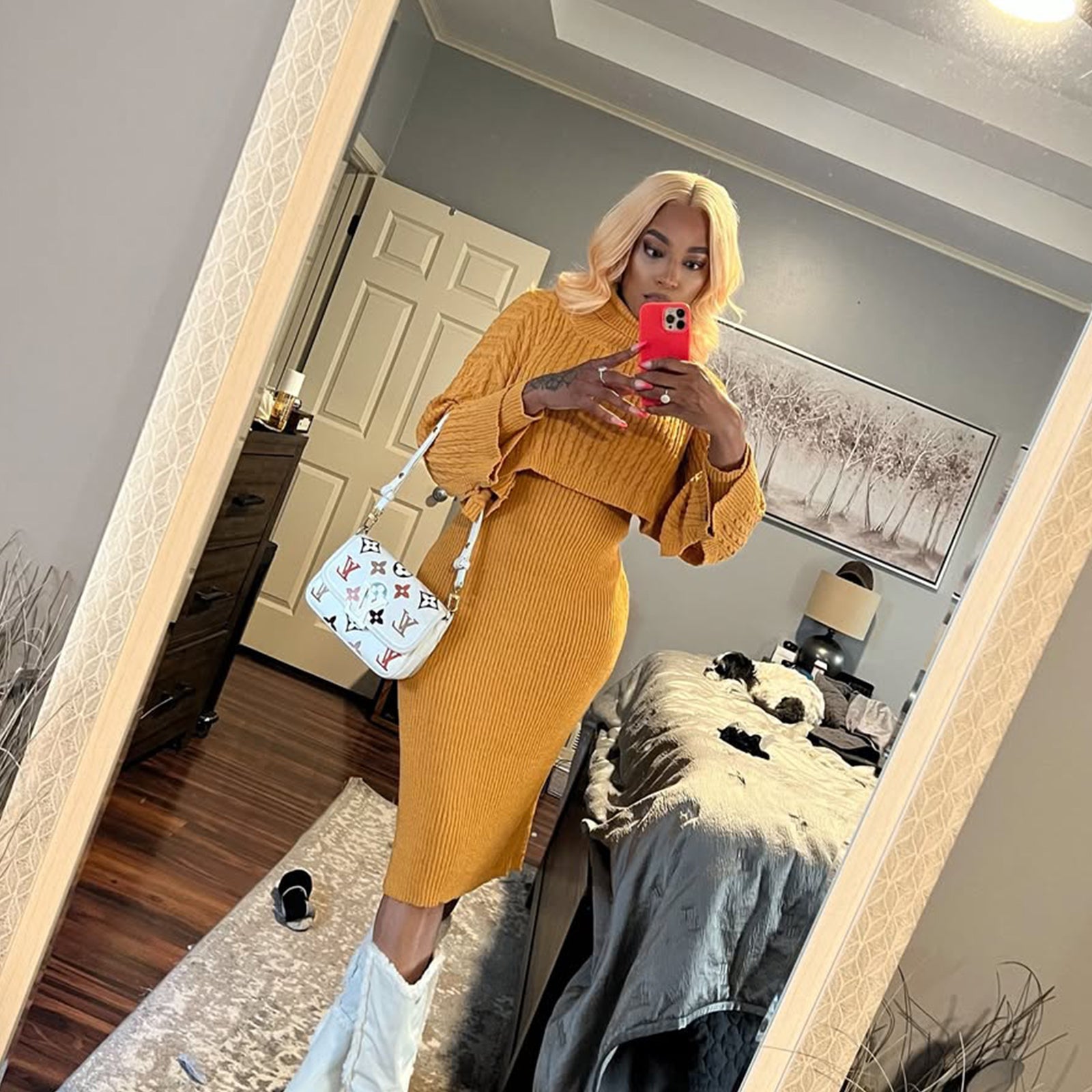Can You Wear a Wig for Surgery?(Details and Tips)
Hey! I Find the Answer!
People often have many questions and concerns when it comes to preparing for surgery. One common query is whether they can wear a wig during surgery. This concern arises from a combination of wanting to maintain their appearance and uncertainty about medical protocols. In this post, we aim to address this specific question, providing clarity and understanding about the guidelines and reasons behind them. By the end of this article, you will know whether you can wear a wig during surgery and other medical procedures, and what alternatives you have to ensure your comfort and dignity.

Why Can't You Wear Wigs During Surgery?
Wearing a wig during surgery is generally not recommended for several important reasons:
-
Sterility: The primary concern in any surgical environment is maintaining sterility to prevent infections. Wigs can harbor bacteria, dust, or other contaminants, which could potentially introduce harmful microorganisms into the sterile field. The operating room is meticulously cleaned and prepped to ensure that the risk of infection is minimized, and introducing a wig could compromise this sterility.
-
Accessibility: Surgeons and anesthesiologists need clear and unobstructed access to your head and scalp. This is particularly important for placing monitoring equipment, such as electrodes for EEG (electroencephalogram) to monitor brain activity, or for administering anesthesia through certain methods like a scalp vein or a nerve block. Any obstruction, including a wig, can hinder their ability to monitor and administer care effectively.
-
Safety: Wigs, especially those with metal clips or parts, can interfere with surgical instruments or equipment. Metal components in wigs can become problematic in an environment where precision and the non-interference of equipment are critical. Moreover, some surgical procedures involve the use of electrical devices or equipment that generate heat. Wigs can pose a fire hazard under these conditions, posing a risk to both the patient and the medical staff.
-
Hygiene: During surgery, maintaining optimal hygiene is critical. Natural hair and scalp are easier to clean and disinfect compared to synthetic materials. In case of any contamination, natural hair can be more easily treated than a synthetic wig, which may not be easily sterilized.
Can You Wear a Wig During an X-Ray?
During an X-ray, it is generally advised not to wear a wig. Here are the detailed reasons:
-
Image Clarity: X-ray imaging relies on clear and unobstructed views of the body parts being examined. Wigs, particularly those with metal components like clips or adjustment straps, can interfere with the clarity of the X-ray images. These components can create shadows or artifacts on the X-ray film, which can obscure the view and make it difficult for radiologists to interpret the results accurately.
-
Radiation Safety: While the radiation used in X-rays is minimal and generally safe, it is essential to ensure complete exposure of the area being examined. A wig can obstruct parts of the anatomy that need to be clearly visible, leading to incomplete or misleading results. For example, if the X-ray is focused on the head or neck area, the wig must be removed to prevent any interference with the imaging process.
However, in cases where the X-ray is not of the head or upper body, such as an X-ray of the leg or arm, you might be allowed to wear a wig. Nevertheless, it is always best to check with the technician or radiologist beforehand to ensure compliance with their specific protocols.

Can You Wear a Wig for a CT Scan?
CT (Computed Tomography) scans require precise imaging and have specific requirements regarding head coverings. Detailed reasons include:
-
Interference: Similar to X-rays, wigs can cause interference in CT scans. CT scans use a series of X-ray images taken from different angles to create cross-sectional images of the body. Any foreign object, including a wig, can disrupt the scan. Metal clips or synthetic materials in wigs can create artifacts or distortions, leading to poor quality images and potentially inaccurate diagnoses.
-
Contrast Agents: Sometimes, CT scans involve the use of contrast agents, which are substances injected into the body to enhance the visibility of certain tissues or blood vessels. If access to the scalp is required for administering these agents, wearing a wig could complicate the process. Even if the contrast agent is not administered near the head, the presence of a wig could still affect the overall quality of the imaging.
For most CT scans, especially those involving the head or neck, it is necessary to remove your wig to ensure the highest quality images and accurate diagnoses. This ensures that no artifacts or distortions interfere with the interpretation of the scan results.
Can You Wear a Wig for a PET Scan?
PET (Positron Emission Tomography) scans have their own set of guidelines, and wearing a wig during this procedure is generally not recommended.
Here’s why:
-
Precision: PET scans are highly sensitive imaging tests that require precise and clear images. The scan involves injecting a small amount of radioactive material, which accumulates in areas of high metabolic activity, such as cancer cells. Any external material, including wigs, can affect the accuracy of the scan by introducing artifacts or distortions that could obscure or misrepresent the areas of interest.
-
Radiotracer Distribution: PET scans involve the use of radiotracers that highlight areas of metabolic activity in the body. Wearing a wig could potentially affect the distribution or visibility of these tracers, particularly if the wig contains metal parts or is made of materials that interfere with the imaging process. This could lead to less accurate results and potentially impact the diagnosis and treatment plan.
To ensure the most accurate and reliable results, it is generally advised to remove wigs before undergoing a PET scan. This precaution helps avoid any interference with the imaging process and ensures that the scan provides clear and precise information about metabolic activity in the body.

Can I Wear My Wig During an MRI?
MRI (Magnetic Resonance Imaging) scans have very strict protocols regarding head coverings due to the powerful magnetic fields used. Here are the detailed reasons why you cannot wear a wig during an MRI:
-
Magnetic Interference: MRI machines use powerful magnets to create detailed images of the body. Wigs often contain metal parts, such as clips, combs, or adjustment bands, which can be extremely dangerous in the MRI environment. Metal can become a projectile in the strong magnetic field, posing serious risks to both the patient and medical staff. Even if the wig does not contain metal, certain synthetic materials can still interfere with the magnetic field, leading to image distortions.
-
Image Distortion: The quality and accuracy of MRI images are crucial for diagnosis and treatment planning. Even non-metallic wigs can cause distortions in the MRI images, affecting the diagnostic quality. The presence of any foreign material on the head can disrupt the magnetic field and create artifacts or blurring in the images, which can compromise the effectiveness of the scan.
Given these risks, you will be required to remove any wig before an MRI scan to ensure both safety and image accuracy. This ensures that the MRI provides clear and detailed images necessary for accurate diagnosis and treatment.
Can I Wear My Wig During an Endoscopy?
Endoscopy procedures involve the use of a flexible tube with a camera to look inside the digestive tract. While wigs do not directly interfere with the endoscopy procedure itself, there are still important considerations:
-
No Direct Interference: Generally, wearing a wig does not interfere directly with the endoscopy procedure itself, as the focus is on the digestive tract rather than the head. The endoscope is inserted through the mouth or other natural openings, so a wig does not obstruct the primary area of examination.
-
Anesthesia Concerns: However, if the procedure involves sedation or general anesthesia, the anesthesiologist may need unobstructed access to your head and neck. This is crucial for monitoring vital signs, administering anesthesia, and ensuring the patient's airway is clear. In such cases, the removal of the wig may be necessary to facilitate these medical needs.
While you might be allowed to wear a wig during an endoscopy if no sedation is used, it is still advisable to consult with your medical team beforehand. They can provide specific guidance based on the type of endoscopy and the sedation method being used.
Can I Wear a Wig During a Colonoscopy?
A colonoscopy is another type of endoscopic procedure focused on examining the large intestine. Similar considerations apply as with other endoscopic procedures:
-
Sedation and Safety: Similar to endoscopy, if sedation or anesthesia is used during a colonoscopy, it is important to have clear access to your head and neck for safety reasons. The anesthesiologist needs to monitor vital signs and ensure the patient’s airway is clear, which may necessitate the removal of the wig.
-
Practicality: Since the focus is on the lower part of the body, the wig does not directly interfere with the procedure. However, for the sake of hygiene and comfort during sedation, it may be required to remove the wig. This also helps avoid any potential complications related to anesthesia and monitoring.
As with other procedures, it is best to discuss this with your healthcare provider to understand their specific protocols. They can provide personalized
What You Can and Cannot Wear on Surgery Day?
When preparing for surgery, it is important to follow the guidelines provided by your medical team regarding what you can and cannot wear. Here is a detailed overview to help you prepare:
Can Wear:- Loose, Comfortable Clothing: Opt for clothing that is easy to remove and put on, as you may need to change into a hospital gown. Loose clothing is also more comfortable and less restrictive, which is beneficial for post-surgery recovery.
- Prescription Glasses or Hearing Aids: These are usually removed just before the procedure starts but can be worn up until that point. Inform the medical team about any assistive devices you use.
- Dentures or Removable Dental Work: These may be removed just before surgery, especially if general anesthesia is used. It is important to inform the surgical team about any dental appliances.
- Medical Alert Jewelry: Sometimes allowed, but often noted in records instead. Medical alert jewelry provides crucial information about allergies or medical conditions but may need to be removed during surgery for sterility reasons.
- Wigs, Hairpieces, or Extensions: As discussed, these need to be removed to ensure sterility, accessibility, and safety during the procedure.
- Jewelry (Including Body Piercings): All jewelry must be removed to prevent interference with surgical equipment and reduce the risk of infection. Jewelry can also pose a hazard if it contains metal and the procedure involves any form of cauterization or electrical equipment.
- Makeup, Nail Polish, or Artificial Nails: These can interfere with monitoring equipment. For example, nail polish can prevent accurate readings of oxygen saturation levels in the blood.
- Contact Lenses: These should be removed to prevent eye injury or complications during anesthesia.
- Any Metal Objects: Metal objects can interfere with surgical equipment and imaging. They also pose a risk in procedures involving electrical currents or magnetic fields.
Following these guidelines helps ensure that the surgery proceeds smoothly, reducing the risk of complications or delays. It is always best to consult with your medical team for any specific instructions tailored to your situation.
Conclusion
Understanding the guidelines around wearing wigs and other personal items during medical procedures can help alleviate anxiety and ensure a smoother experience. While it may be disappointing to remove a wig for surgery or certain scans, it is ultimately for your safety and the accuracy of the medical procedures. Always consult with your healthcare provider for specific advice and instructions tailored to your situation. This preparation helps maintain the highest standards of care and ensures that you are in the best possible condition for a successful outcome.




































Leave a comment
This site is protected by hCaptcha and the hCaptcha Privacy Policy and Terms of Service apply.